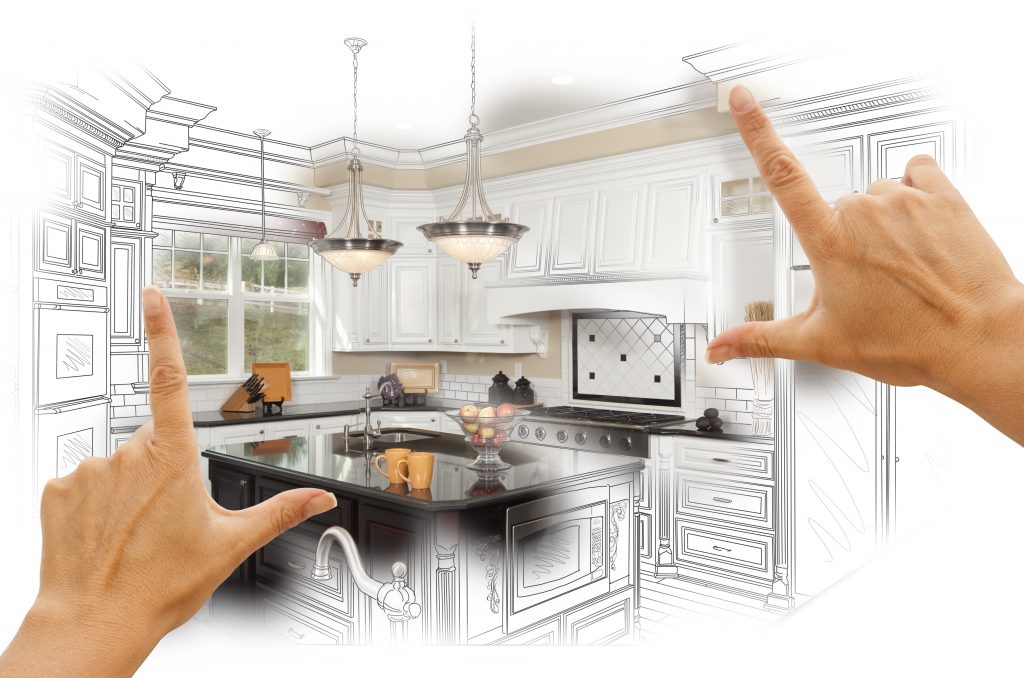A home’s exterior plays an important role in protecting the interior from the elements, keeping water away, and maintaining curb appeal. As such, the right siding can make all the difference. If you’re in the market for new siding, you should consider the options available to you and choose a material that suits your lifestyle and budget. To ensure the longevity of your chosen siding, proper installation is essential. The following tips will help you get the best possible results from your siding installation project.
Start at the bottom
The first step in a successful siding installation in Pittsburgh is to lay down house wrap. This material covers the entire area to be covered with siding and provides a barrier that prevents moisture from reaching the wall. To ensure the house wrap stays in place, nail it at least every 12 inches.
After the house wrap is in place, a vinyl soffit and fascia can be installed. These are the flat boards that run along the roofline’s edge and create a smooth, finished look. J-channels are recommended for corners and edges to provide a watertight seal and to secure the vinyl siding to the wall. They have a built-in fastening flange with holes or slots for nails, screws, and other fasteners.
If a corner post is needed to support a corner of the fascia, it should be installed after the soffit and before the fascia boards are nailed in place. This is to avoid nailing into the fascia boards too early and potentially creating a rot problem later on.
The corner posts should be nailed in place so that they are angled slightly outward, as opposed to straight across the face of the house. This will prevent rainwater from running down the back of the vinyl siding and causing damage in the future.
Before installing the fascia boards, the ends of the corners should be flashed. This is a strip of a water-resistant material, such as aluminum or galvanized metal, that is installed at the end of the fascia boards and on the corners of the home to provide a watertight seal and direct water away from the building. This will also protect the corner boards from rot and insect infestation.
If you’re replacing a sink faucet, it’s a good idea to install a piece of plywood behind the faucet mounting plate to prevent the new siding from collapsing and damaging the faucet. It’s also a good idea to notch the bottom of the plywood to allow it to slide under the faucet when nailed in place.
Preparing Your Home
The day of your siding installation, you should remove pictures and shelves from the walls that will be covered with the new product. It’s also a good idea for the homeowner to move any vehicles that are normally parked on the driveway closer to the street. This will minimize the risk of the vehicles being damaged by falling debris during the project.

